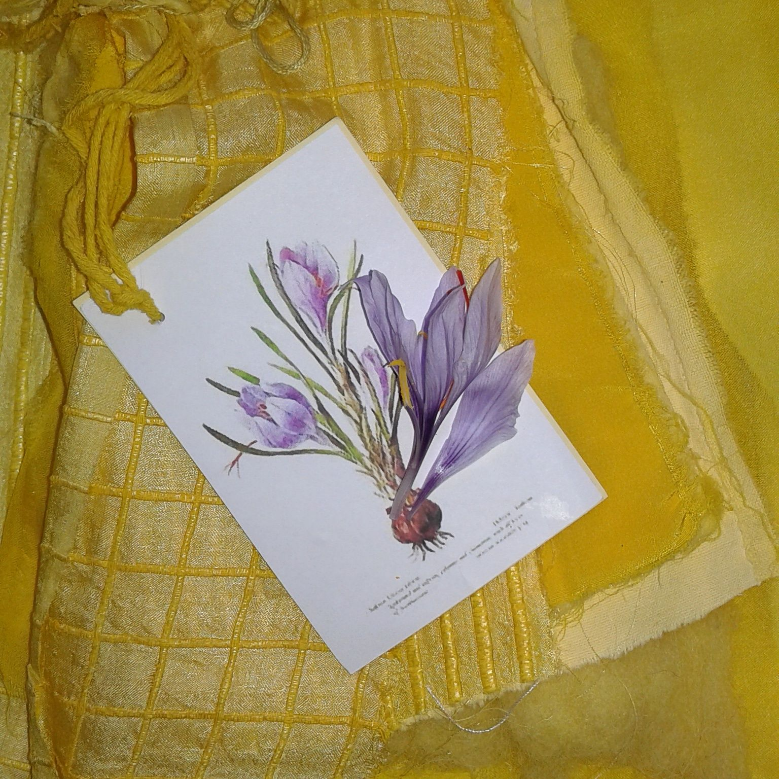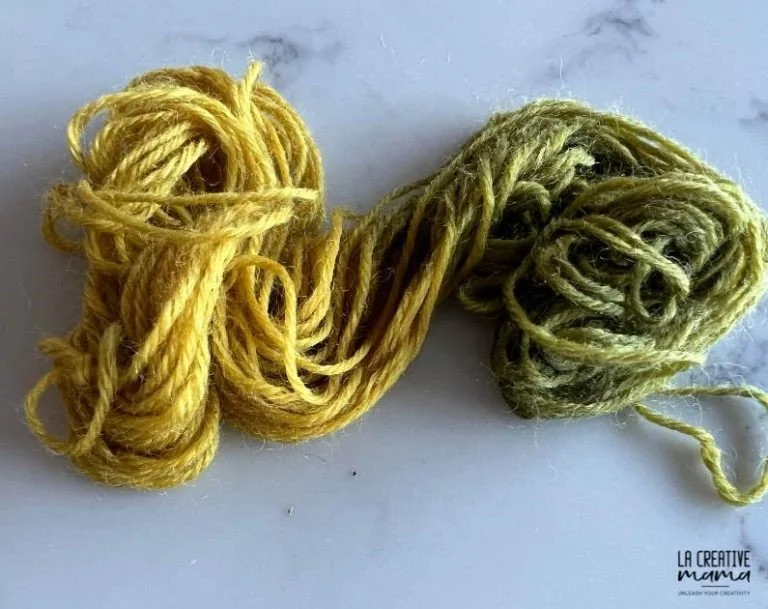Colours of History: the Lost Art of Natural Dyeing
Since prehistoric times, humans have been dyeing their clothes to show individuality, status and allegiance. People have used plants, minerals (and even animals!) to add colour to fabrics. Now, it’s almost impossible to imagine using these methods. Where did people get the different colours? How did they dye it? And when did this all change?
How were different colours created?
Indigo is one of the oldest dyes known to humanity, extracted from the plant’s leaves. Its name means “from India” which refers to its origins. Due to it not being water soluble, it requires a special process of oxidization where it turns from green to blue. It was so exclusive that only royalty and aristocracy could afford it.
A more common natural dye is Madder Red which is extracted from dried and ground roots. Ancient Egyptians used it in burial cloths, symbolizing life and blood. Cloth dyed with Madder was even found in the tomb of Pharaoh Tutankhamun. However, by the Renaissance period in England, it was a standard colour.
Yellow dye is achieved by using saffron, part of the crocus plant. The stigma and styles (called threads) are collected and dried which can also be used as a seasoning. Small amounts create a yellow-orange dye but adding more leads to red. Traditionally, the saffron colour had been key in different religions as it symbolized divine light and courage.
Although green is the colour we most associate with plants, it is the hardest natural dye to achieve. This is because it is a living colour where the chlorophyll in the leaves are very fragile which leads to very pale results. To get a more vibrant hue, the method of “overdyeing” is used: the fabric is first dyed yellow then blue.
When did we stop using natural dyes?
The world’s first synthetic dye was made by William Henry Perkin in 1856. It was accidentally created when he was trying to find a cure for malaria. He called the colour Mauve, which is what we still use today. During the industrial Revolution of the 18th and 19th Centuries, clothes became more mass produced. This led to manufacturers favoring synthetic dyes due to their affordability and vibrancy. Synthetic dyes are consistent in their colour which is essential for creating many uniform products. Finally, the dyeing process is also quicker, making it ideal for fast fashion. There are some sustainable brands that still naturally dye clothes, but these are an anomaly.
Perkin dye sample.
Science Museum Group © The Board of Trustees of the Science Museum
What are the negative effects of synthetic dyes?
Textile dyeing is the second largest polluter of water globally. Dyes during manufacture end up in ecosystems due to poor health and safety regulations. If these dyes were all natural then it would be less of a concern. However 97% of dyes used in the industry are petrochemically based which are harmful to the environment and humans. Furthermore, most dyes aren’t biodegradable so stay in the environment for a long time.
Can I try natural dyeing?
Yes! Summer is the perfect time make use of all the vibrant plants outside and personalize your clothes. Join us for our heritage craft weekend where we will have lots of creative activities including natural dyeing. You can also have a go at home.
There are some great blogs about how to dye in more detail, but here are some key tips.
- Natural dyes will only work on natural fabrics such as cotton, linen, silk or wool. Threads are almost always polyester so will not dye.
- Wash new fabrics before dyeing to remove chemicals from manufacture
- Fabric will often shrink
- Either soak the fabric in cold dye or simmer
- Use a mordant (something that makes sure the dyes won’t fade) such as alum, iron or copper. Salt, white vinegar, baking soda and citric acid won’t work.
Safety first! Remember to do your research, work in a well-ventilated environment and don’t use equipment that would be used for food.
Written by By Darcey Green
Sources used
Pigments through the Ages - History - Madder lake
When did mass production begin in clothing production factory?
The History of Indigo Dyeing and How It Changed the World | by Thomas Stege Bojer | Medium
To Dye For: A history of natural and synthetic dyes
LIST OF NATURAL MORDANTS – Kaliko
The Art of Fixing Colors: A Guide to MORDANTS in Natural Dyeing
How to dye clothes at home – naturally - BBC Culture
World's first synthetic dye | Science and Industry Museum
Synthetic Dyes: Properties, Types, Classification and Application





